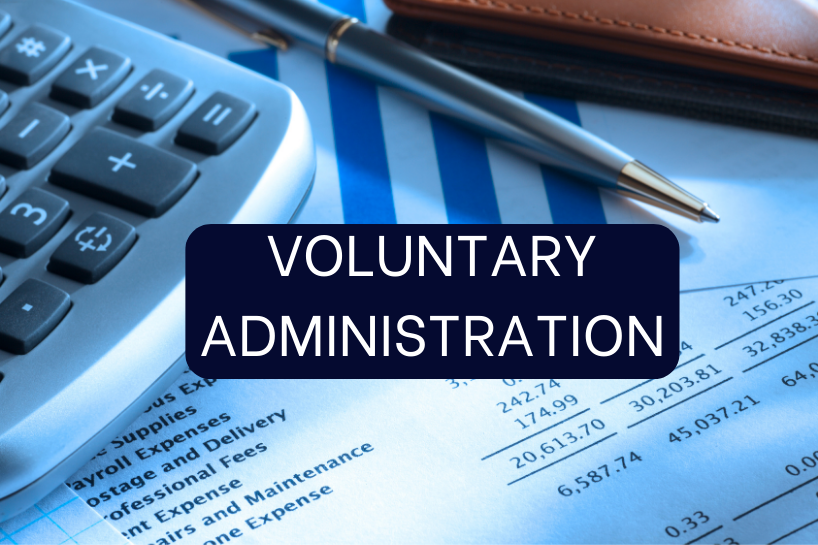Repeated lockdowns, the cost-of-living crisis, and increasing operational costs has seen many businesses faced with financial distress. Most notably, top Melbourne eatery, Calia was recently placed in voluntary administration with debts of approximately $2 million.
If your business is struggling to pay its debts on time it may be necessary to consider what steps to take to turnaround and restructure your business, or at the very least, achieve the best possible outcome for key stakeholders.
In this article, we will provide a brief overview of what voluntary administration is, what it involves and what the possible outcomes are.
What is voluntary administration? What effect does it have?
Solvency is the ability of a company to meet its debts and financial obligations.
If the directors of a company suspect that their company is no longer solvent, or that it is likely to become insolvent, they may decide to appoint an independent and external administrator to take control of the company. This administrator will assess the business and help develop a plan to resolve its financial difficulties.
When a company is under voluntary administration, there is a moratorium on most creditors’ claims. This gives a company breathing space to try to put itself in the best possible position to pay its debts and continue trading. Any creditors of the company will have to lodge details of their claim for assessment and determination by the administrator through a proof of debt form.
If you have concerns regarding the solvency of your company, some warning signs or indicators of insolvency are explored in detail here. But briefly, some key indicators are:
- tight cashflow which makes paying creditors difficult.
- not being able to get stock because you are unable to pay creditors on time.
- bank overdraft constantly being pushed to the limit each month.
What does the voluntary administration process look like? What are the possible outcomes?
Firstly, an administrator needs to be appointed. This appointment can occur by:
- the directors of a company passing a resolution in writing.
- a secured creditor with a security interest in all or substantially all of the company’s property.
- a liquidator.
The voluntary administration commences on the date the administrator is appointed.
After being appointed, the voluntary administrator must hold the first meeting of creditors within eight business days. At this meeting, creditors can vote to replace the administrator and/or form a committee of inspection. This committee will monitor the conduct of the administration and may give directions to the administrator.
The administrator will then investigate the company’s affairs and report to its creditors on the options available to the company. They must give their opinion on each of the following options, and recommend which is in the best interests of creditors:
- ending the voluntary administration and returning the company to the directors’ control.
- approving a Deed of Company Arrangement (DOCA) which will allow the company to restructure its affairs, repay its debts, and potentially continue trading. Not sure what a DOCA is? An all-you-need-to-know guide on DOCAs can be found here.
- winding up the company and appointing a liquidator.
Generally, the administrator must hold a second meeting of creditors within 25 business days of being appointed. At this meeting, the creditors will decide the company’s future based on the administrator’s report.
What next?
If you have identified warning signs or indicators of insolvency for your business, you should seek advice from an insolvency expert as soon as possible.
If you are a creditor of a company that has been placed in voluntary administration, it is necessary to lodge a proof of debt form not only to receive payment of your debt, but so you can also actively take part and influence the outcome of the company’s administration.
At Hunt & Hunt, we have a national insolvency team who can assist you with anything insolvency-related, including advising and acting for you throughout the process of a voluntary administration.
Our considerable experience across all jurisdictions within Australia can provide you with the comfort to know you are being looked after by the best during this stressful time.
If you require advice on your specific circumstances, please don’t hesitate to get in touch.
Article by Charles Bavin and Matt Gauci, Partners, Jessica Egger, Senior associate, and Stephanie Luong, Lawyer.














